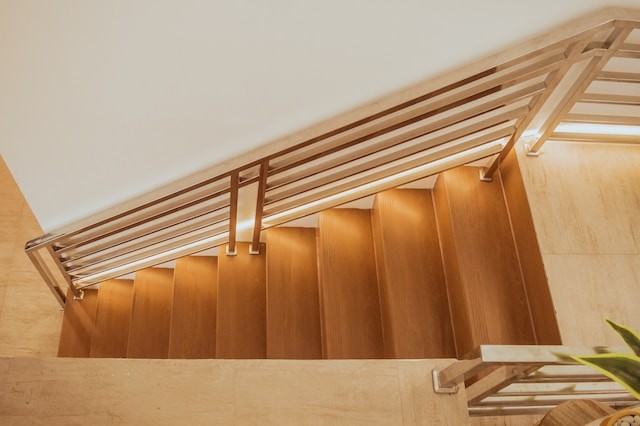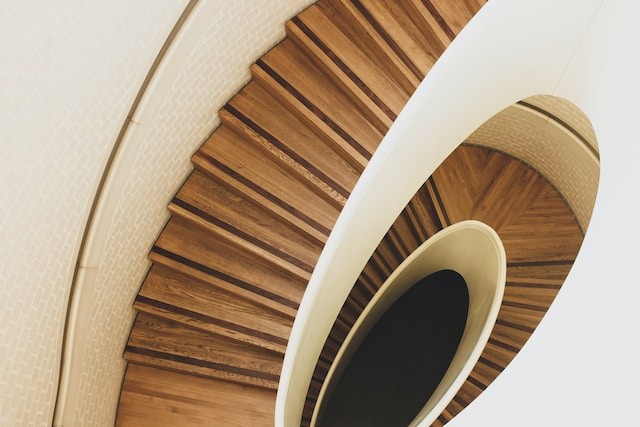A variety of materials, a variety of designs, hidden or decorative, practical or design. There are many possibilities to adapt the staircase connecting the two heights of our house to your liking.
Obviously, the choice depends on the size of the room in which it will be installed, although there is a tendency for it to take up little space in order to give the environment a feeling of greater spaciousness.
The most common variants of stairs of home owners
- Construction site. They are part of the construction of a house with one straight or square (L-shaped) span. Usually, these are prefab beton trappen or wooden ones. In any case, they give the space a large volume, so they are not recommended for small houses. One of the options is a staircase hidden in the depths of the wall or covered with walls so as not to disturb the natural lines of the house.
- Light or console. Designed for visual unloading of the room. These are basic designs that use as few materials as possible. For example, they open the cracks between the steps, freeing up all the space under the stairs. In these cases, metal or glass is usually used on the steps and railings to make them lighter.
- Flight steps. Built-in or attached to the wall, without railing. They are not suitable if children or elderly people live in the house.
- Screw. The best solution for limited space.
- Stairs without railings. This is a staircase with a large slope, which is usually used to access attics. Most often they are console or folding.

Safety and comfort
In addition to what type of stairs we choose, the main thing is that it is safe and comfortable. And this is due to the slope, the railing, as well as the area (width) and the riser (height) of the steps.
All these measures are variables that need to be taken into account in order to adapt to the characteristics of each house. According to experts, there is a general reference on the most suitable proportions:
- The width of the passage for one person: from 65 to 70 cm.
- Ceiling height above the stairs: at least 2.15 m.
- Area: from 35 to 37 cm in depth.
- Risers: from 15 to 20 cm in height.
- Height of handrails: from 80 to 85 cm. If there are children, it is advisable to include another lower handrail.
- A place for a landing (if there is one): one meter by one meter.
- Number of steps per flight: no more than 16.
- Width of the spiral staircase: 150 cm in diameter.

Two other important elements must be taken into account: the surface of the steps must be non-slip, and the entire course of the stairs must have its own lighting, installing switches at each end or motion sensors for automatic activation.
And the last suggestion: do not miss the opportunity to use the space left under the stairs. For example, with a bookcase, a wardrobe or a pantry. The more useful square meters, the better.

